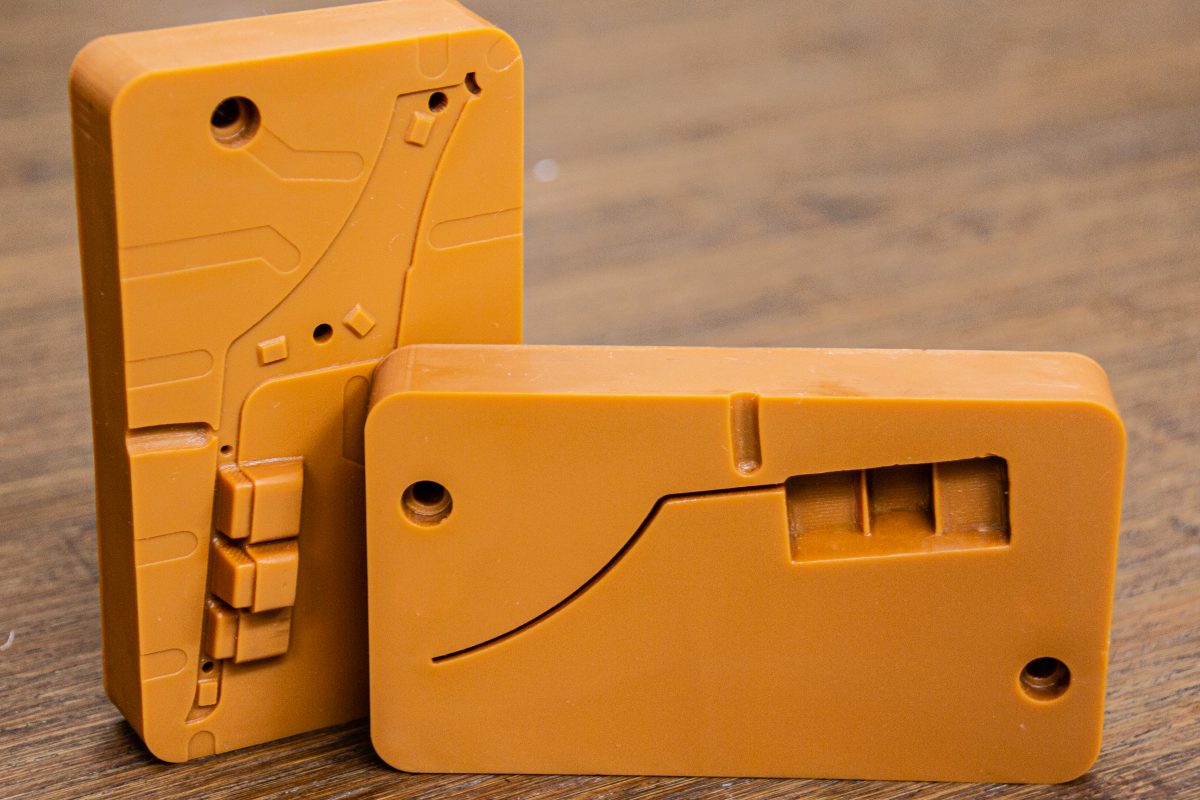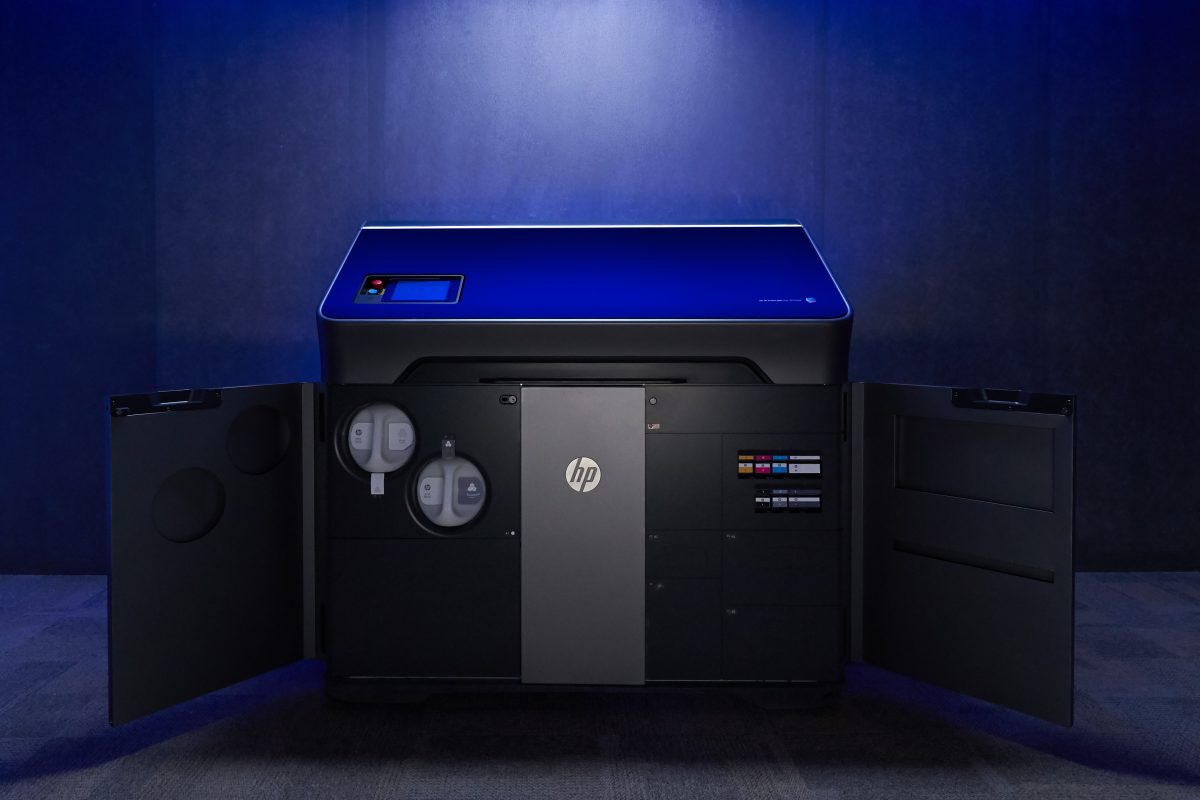Recently I read an article on Forbes.com about new innovations that have the potential to kill the sales of major household brands. The article was a first in a series by Robin Lewis and it makes the argument that the sheer number of competitive offerings (including private label alternatives), plus the impact of the Internet and globalization – and the hyper-competitive selling environment those things helped create – foretell the death of mega brands.
One point I think the author missed that could either be an opportunity or another nail in the coffin of major brands is the impact of 3D printing. Like books, music, and movies before, products are going digital. Offering products in 3D printable format could help big brands remain relevant. Those who don’t won’t enjoy digital shelf space, which could quickly become as important as their position on a store shelf or views on eCommerce websites.
A few weeks ago noted futurist, Ray Kurzweil wrote an article for CNN, and among his five predictions was that “by the early 2020′s we’ll print out a significant fraction of the products we use.” In fact, he sees the next decade as the “golden era” of 3D printing. Not only does it have the potential to impact fashion and medicine (as mentioned in the article), but if he’s right, could change our notion of how many consumer goods are produced.
Just who is Ray Kurzweil and why do his opinions matter? I first heard about him in the early 1990’s when I was working for Xerox, where he was consulting on optical character recognition software. By then he’d already invented the first CCD flatbed scanner, text-to-speech devices for the blind, speech recognition software (he’s the “grandfather” of Siri), and a line of music synthesizers. He’s gone on to an amazing career in technology and is currently the Chief of Engineering at Google.
It was also during the early 1990’s that he began making predictions about the future. He’s continued to do so since, and his record of accuracy is astounding. Perhaps his biggest and most well-known prediction is that of the “singularity” – an idea which supposes that the barrier between man and machine will eventually dissolve. Kurzweil predicts this will happen in the year 2045. Of all of Kurzweil’s predictions, it’s certainly the one that’s the most controversial, in part because of perceived moral and spiritual implications. To some, it conjures up fears of a Borg-like evolution of mankind.
In the late 1700’s, the philosopher Arthur Schopenhauer said, “all truth passes through three stages. First, it is ridiculed. Second, it is violently opposed. Third, it is accepted as being self-evident.” Depending on who you ask, you’re likely to get any one of those reactions to Kurzweil’s predictions, which more often than not are eventually accepted as truth.
So when I posted the Forbes article on social media and alluded to Kurzweil’s predictions about 3D printing and how it could impact major brands, I got some of what Schopenhauer would have expected – ridicule and opposition. One response was particularly telling. The commenter said, “You mean my cotton underwear or my tomato paste or my ceramic dishes or my cast iron cookware? Go Ray, go!”
In the past I’ve written about how and why retailers in practically every niche, from books, automotive parts, home improvement, wireless and outdoor, to generalists like grocery and mass marketers could make a case for offering 3D printing services online and in their stores. I’ve mentioned dozens of products that can be 3D printed now, from book sleeves, tire stem caps, light switch plates, smartphone cases and fishing lures, to cooking utensils and hair brushes. I recently started a new series where I’m focusing on consumer brands themselves and how a retail supplier like Newell Rubbermaid, with 40+ brands could provide the digital products in many of those categories.
As much as I wanted to respond to my (and Ray’s) critic, saying that fabrics, food, ceramics, and metals are already being 3D printed, I found myself dwelling on the commenter’s underlying point. I’ve spent so much time talking about what will be 3D printable, that I haven’t given much thought to what won’t be 3D printed. Certainly there are things which will never be, right?
I thought one way to highlight some of those products would be to do a quick review of the top selling products on Amazon. Aside from WalMart, they distribute more products than just about anybody. Here’s a list of their top selling categories and the top selling items in them. As of today, some of those items include:
Toys and Games
- Cards Against Humanity (card game)
- Rainbow Loom (bracelet making kit)
- Syma S107 R/C Helicopter (remote controlled helicopter)
Electronics
- Google Chromecast (streaming video device)
- Kindle Fire HD (tablet)
- Apple TV (streaming video device)
Camera and Photo
- Case Logic Compact System (camera case)
- Canon EOS Rebel 3Ti (digital camera)
- Case Logic Compact Case (camera case)
Clothing
- Women’s Winter Slouch Cap
- Levi’s Mens 501 Jeans
- D&K Women’s Winter Fleece Leggings
On the surface it may seem that few of these products make sense for 3D printing, though the card game could certainly be printed digitally in 2D. Would you be at all surprised if it was?
Thirty years ago, when 2D digital printing was just taking off, nearly everyone said that it wasn’t good enough, fast enough, or flexible enough…and that it was just too damn expensive.
At that time color copies cost $2 per page and mass produced (offset) pages were $.02 each. Digital printing was 100 times more expensive! Fast forward 30 years and walk into any retail print shop. Color prints (copies) still cost at least $.20 per page and the cost of mass produced pages has actually dropped (more like $.018 per page now.) Digital printing is still ten times more expensive! Yet it has managed to become a $140 Billion industry and in the next few years will grow to $180 billion.
Why? Mass production only hits those low price points when thousands or in some cases, millions of copies are ordered. It’s a function of make-ready and run cost. The more you print, the less you pay. Digital print doesn’t work that way. The unit cost is essentially fixed, whether you order one or a million. 3D printing offers a similar economic model – unit costs are basically fixed.
So How Does Digital Manufacturing (2D or 3D) Compete?
By allowing consumers to order products in the quantity they want (often just one), when and where they want them.
Would you be willing to pay a premium for that ability?
The final numbers aren’t in yet, but prior to the holiday gift-giving season, Forrester forecasted that eCommerce sales would grow by 15% and reach $78 billion this year. People made online purchases in droves, many lured by the promise of free shipping and guaranteed arrival in time for Christmas. It seems the industry may have overpromised and underdelivered. Thousands of packages shipped via UPS didn’t make it on time. Now retailers like Amazon and Kohl’s are struggling to satisfy their customers and even U.S. Senators are suggesting UPS refund customers’ money.
As usual in these situations, responses from the press and industry vary from tempered to sensational, but yesterday I read an essay from David Sable, the CEO of Y&R Advertising. In it he makes the point that, “Digital is everything, but not everything is digital. Great to order last-minute online, but if the package never makes it to its destination, then you have, well, the rampant customer dissatisfaction we’re seeing right now.”
What if the product itself were digital? Then you could order last-minute and eliminate the concerns related to delivery.
What About Quality?
Its been 30 years since 2D digital printing went mainstream and the quality still isn’t as good. But, consumer’s perception of quality has changed. Great is now the enemy of good enough.
Speed and capability have also improved. Back then a color printer could produce five pages per minute. Now they can print 100 plus. It took 30 years to improve the speed by a magnitude of twenty. Also back then, simple finishing options like collation were a big deal. Now paperback books are manufactured in-line, on demand.
3D Printing Has an Advantage in the Here and Now
Today the cost of R&D is less and the barrier to entry is much lower. Ilya Strebulaev, a Stanford University Finance Professor, recently wrote about how angel investors are disrupting business through investments in startups. One of the reasons they’re able to do so successfully is that the cost of starting up a tech company, due to cloud computing and other factors, is a fraction of what it once was. Toss crowdfunding and crowdsourcing into that mix and you’ve got a potent recipe for startup success.
Startup growth isn’t lost on big companies either. They’re gobbling up startups in an effort to tap into their innovations. Walmart, for instance has acquired four startups this year, in part to help it better compete with eCommerce players like Amazon.
What this has done is help speed up the pace of innovation. More people with better tools working on problems. Then once a solution is found and a business model gets created, bigger companies are leveraging their resources to accelerate adoption of the solution further and faster.
Like companies in retail, biotech, and financial services, among others, startup innovation is running rampant in 3D printing. In the past year, many of the top projects on crowdfunding sites like Kickstarter and Indiegogo were either directly related to 3D printing or featured a 3D printed component. As a co-founder of a startup in the space I can also tell you that angel investors are keenly interested. Further, 3D printing’s big players like 3D Systems and Stratasys are fueling their share of innovation. 3D systems alone has made a dozen acquisitions in the past two years.
What does it mean for 3D printing? The technology is evolving much faster than 2D digital printing did once it went mainstream. New substrates, new printing methods, and new ideas around assembly and use are quickly gaining traction. The 3D printing ecosystem is like a snowball rolling down a hill.
Think for a moment about the adoption curve of smart devices versus desktop PC’s. In a period of 5 years they’ve been able to do what took the PC decades. In fact, Gartner predicts that by 2015, tablet sales will overtake sales of desktop and laptop computers. Mobile phones already dwarf PC sales. 56% of people on our planet already have a smartphone and 50% of them use it as their primary source of accessing the Internet.
I’m not suggesting that the pace of innovation and adoption in 3D printing will happen as quickly as mobile computing, but it could for all the reasons stated above. I’m also not saying that 3D printing will replace mass manufacturing. Just like digital and traditional 2D printing methods, they’ll coexist. There will be times when it makes sense to buy a product off the shelf and others when and where it makes sense to manufacture on demand. Consumers will make that decision for variety of reasons…and soon, instead of asking, what can be 3D printed, they might be asking, “why can’t this be 3D printed?”















